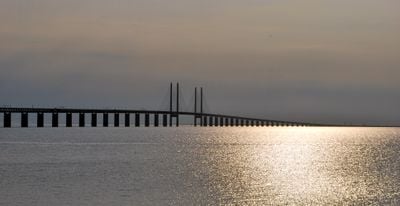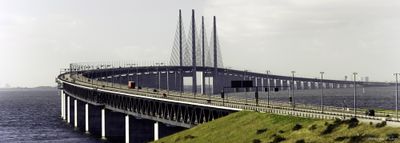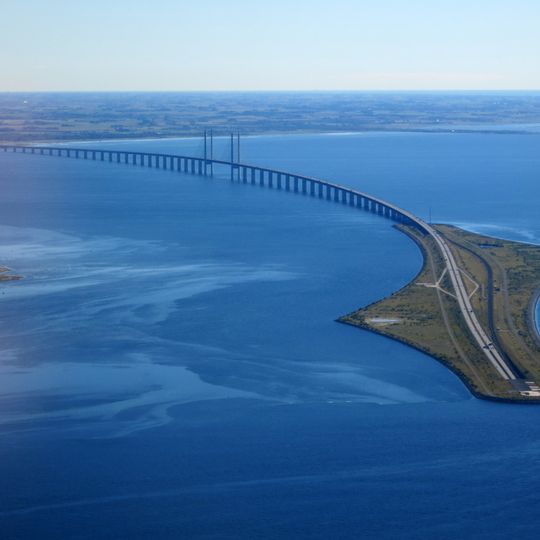
Øresund Bridge, Cable-stayed bridge between Copenhagen, Denmark and Malmö, Sweden
The Øresund Bridge stretches 7,845 meters across the strait with a double deck structure containing four lanes for vehicles and two railway tracks below.
The bridge construction began in 1995 and required 79,000 tons of steel and 85,000 cubic meters of concrete before its inauguration by Swedish and Danish monarchs in 2000.
The structure links Scandinavian and Central European transport networks, enabling thousands of people to work and study across borders while strengthening regional cooperation.
Travelers can purchase tickets online through the ØresundGO system, which provides the lowest rates for bridge crossings and includes special discounts for frequent users.
The engineering project transitions from a bridge to an artificial island called Peberholm, then continues through an underwater tunnel to complete the Denmark-Sweden connection.
Location: Tårnby Municipality
Location: Malmö Municipality
Inception: 1999
Architects: Dissing+Weitling
Official opening: July 1, 2000
Height: 204 m
Length: 7,845 m
Longest Span: 490 m
Width: 23.5 m
Made from material: steel, reinforced concrete
Part of: Oresund Connection, Denmark–Sweden border
Address: 216 30 Malmö, Sweden 216 30 Malmö
Phone: +4640223000
Website: https://oresundsbron.com
GPS coordinates: 55.57644,12.82164
Latest update: May 27, 2025 19:59

This collection gathers bridges and engineering structures that mark the history of modern infrastructure worldwide. Structures such as the Akashi-Kaikyo Bridge in Japan, with its span of 3,911 meters, or the 37-kilometer Chesapeake Bay Bridge-Tunnel in Virginia demonstrate technological advances made to cross natural obstacles. These include suspension bridges, cable-stayed bridges, and viaducts that often set records for length or height. From the Confederation Bridge linking Prince Edward Island to New Brunswick in extreme weather conditions, to the Øresund Bridge connecting Denmark and Sweden, these structures change the geography and facilitate exchanges between regions. The Vasco da Gama Bridge in Lisbon, the Norman Bridge crossing the Seine at Honfleur, or the Yavuz Sultan Selim Bridge in Istanbul illustrate how modern engineering addresses transportation needs while adapting to each site's geographic constraints.

Bridges have connected shores, valleys and communities for centuries. This collection presents significant bridge structures from different periods and regions. From medieval stone arches to modern steel constructions, these works demonstrate the evolution of engineering. The 16th-century Rialto Bridge in Venice spans the Grand Canal with a single stone arch. The Golden Gate in San Francisco extends 2.7 kilometers, connecting the city with northern California. In Singapore, the Helix Bridge forms a pedestrian connection across Marina Bay with its double spiral structure. These constructions serve practical functions in urban transport while defining the skylines of their cities. They document technical solutions to geographic obstacles and show different approaches to bridge building across the centuries.

This collection brings together major technical achievements that have marked the history of modern engineering. From the Hoover Dam on the Colorado, built in 1936 to produce hydroelectric power, to the ITER nuclear fusion project in France, which represents the future of energy research, these structures exemplify human boldness and skill. Each structure serves a specific purpose: crossing natural obstacles like the Brooklyn Bridge, connecting Manhattan to Brooklyn since 1883, facilitating maritime trade with the Panama Canal between the Atlantic and Pacific, or pushing height limits with the Burj Khalifa at 828 meters. These achievements are visited around the world and often offer remarkable experiences. The Eiffel Tower welcomes 7 million visitors each year who ascend to discover Paris from its 324-meter height. Shanghai's Maglev allows travel at 430 kilometers per hour thanks to magnetic levitation. The Millau Viaduct crosses the Tarn Valley at 343 meters above sea level over 2,460 meters in length. These engineering landmarks invite understanding of how industrial architecture has shaped our modern world, combining functional necessity with technical prowess that continues to fascinate visitors worldwide.

This selection features the historical and cultural sites of Malmö, from the medieval center to public parks. It includes churches, museums, market squares, gardens, and modern buildings that define the city's identity. Visitors discover local architecture, from the Renaissance castle to contemporary structures, as well as the natural and cultural spaces that energize Sweden's third-largest city.
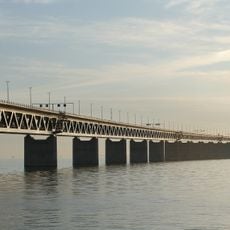
Oresund Connection
120 m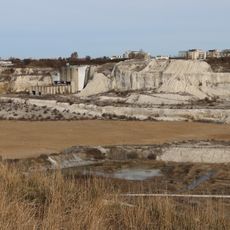
Limhamns kalkbrott
7.1 km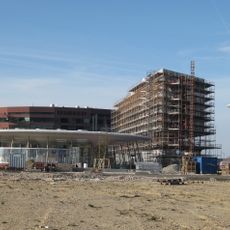
Malmö Tower
9.9 km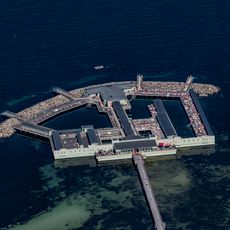
Ribersborgs open-air bath
9.6 km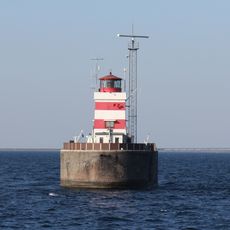
Drogden Lighthouse
8.2 km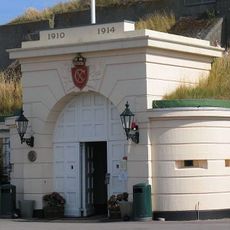
Dragør Fort
9.1 km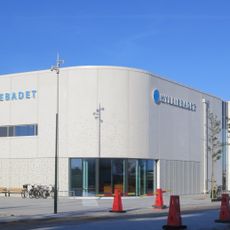
Hylliebadet
9.8 km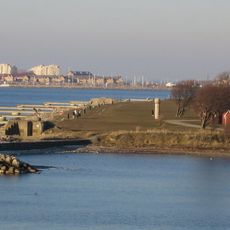
Sibbarp, Malmö
5.7 km
Bellevue, Malmö
8.3 km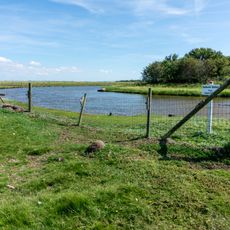
Saltholm Batteri
8.4 km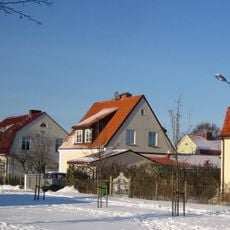
Solbacken
9.8 km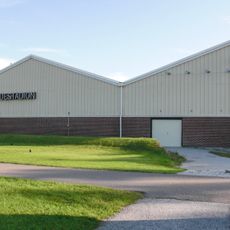
Hyllie Sportcenter
9.4 km
Södra Klagshamn
9 km
Mellanhedsskolan
9.1 km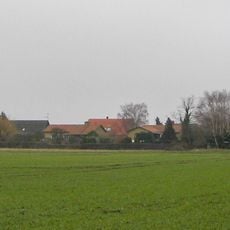
Slättäng
9.7 km
The Point
9.9 km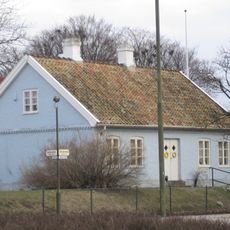
متحف ليمهامن
7.7 km
Bunkeflo strandängar
6.2 km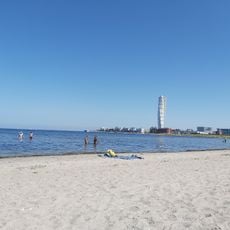
Ribersborgsstranden
9.6 km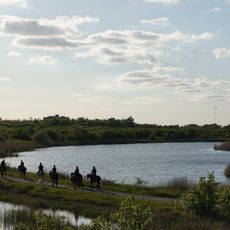
Klagshamnsuddens naturreservat
8.3 km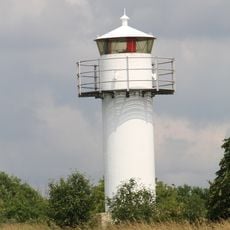
Lernacken Light
4.9 km
Bunkeflo gamla kyrka
9.2 km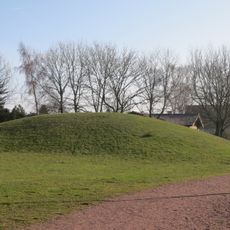
Knutsbacken
6.2 km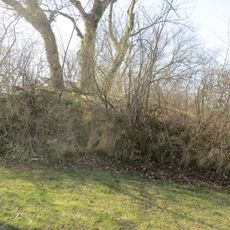
Beleshög
8.3 km
Kalkugnen i Klagshamn
8.7 km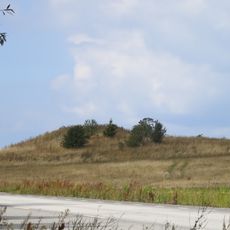
Borrebacke
10 km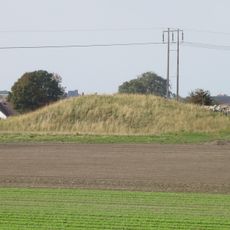
Enehögsbacken
9.9 km
Limhamns kapellkrematorium
7.8 kmReviews
Visited this place? Tap the stars to rate it and share your experience / photos with the community! Try now! You can cancel it anytime.
Discover hidden gems everywhere you go!
From secret cafés to breathtaking viewpoints, skip the crowded tourist spots and find places that match your style. Our app makes it easy with voice search, smart filtering, route optimization, and insider tips from travelers worldwide. Download now for the complete mobile experience.

A unique approach to discovering new places❞
— Le Figaro
All the places worth exploring❞
— France Info
A tailor-made excursion in just a few clicks❞
— 20 Minutes

